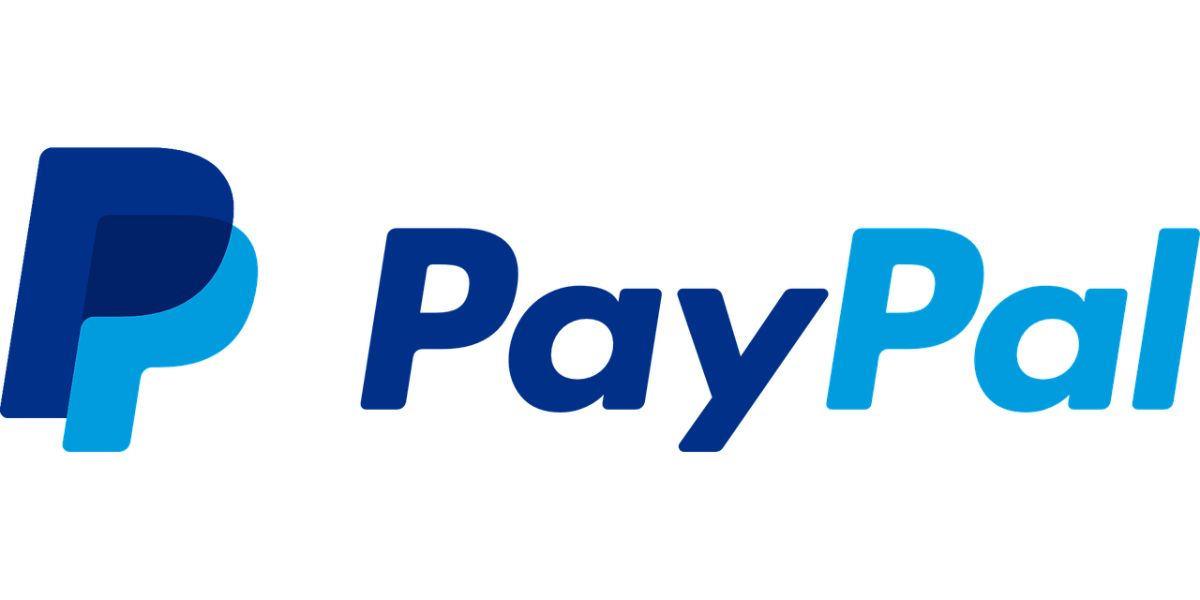
If you have an online business, one of the The most important things to keep in mind are payment gateways. Specifically, offer facilities to your customers so that they can pay for your products. And we are not referring to giving them discounts, bonuses and installment payments, but to giving them different forms of payment that adapt to what they may want. In other words, different types of payment gateways.
Many times, the reason why the carts are left halfway is because the users have almost reached the end and, when it comes to paying, the options that are given to them do not convince them, and they prefer to go to another store, even paying a little more for what you offer, because they have a more suitable payment method. Why not consider what is out there?
What are payment gateways

Before talking about the types of payment gateways, you should know exactly what we mean by this term.
A payment gateway is actually a way to authorize a payment. In this way, you will be guaranteeing that user that their payment, and the electronic commerce transaction that occurs, is correct and is protected for both.
If we take into account that each time more people use The credit card, and that there is less reluctance to use it online, what you do in your eCommerce is offer you protection through those payment gateways so that you "trust" it, so that you know you're doing something that isn't going to put you at undue risk.
Why an eCommerce should use payment gateways

Your eCommerce it is a 24 hour store. They can buy the same from you at 3 in the afternoon as at 3 in the morning, and that means offering payment methods that are appropriate and, above all, that guarantee that commercial relationship.
When you offer a secure transaction, what you indicate to users is that you have put all possible guarantees so that their purchase and their payment are "secured". And it is that the validation of these payments is always done in real time and directly. The same as if you had to make a return.
How do they work

To make the idea clearer to you, the operation of a payment gateway begins at the moment a user lands in an online store, sees products that interest him and decides to put them in the cart and start the purchase process. When he gets to the payment part, choose a payment gateway that you offer them.
It is then when your company, using a web page, transfer all customer information (as for your request) to that payment gateway so you can choose the method you want.
At that moment, the transaction is made with the bank that you have chosen encrypting the data with two types of system: SSL o TLS.
Once the transaction has been confirmed by the bank, that information is sent to the selling company, already on the web, where it is verified that the data is correct and the purchase can be authorized.
Now, once confirmed by the company's bank, goes through the user's bank so that it also verifies and authorizes the transaction. If both are confirmed, then you will proceed to payment directly.
And best of all, this always happens in a matter of seconds.
Types of payment gateways
Now that it is clear to you what payment gateways are and how they work, it is time to review all the types that exist. And there are many, although not all of them are used or known. Some are the most used in Spain.
Paypal
Paypal is one of the “oldest” but most efficient gateways out there. And it is that the user does not have to give his bank details to pay, but he does everything via email.
The only problem is that not all eCommerce use it and some even increase the price of payment to avoid charging them with the commission that PayPal charges for using it as a payment method.
Amazon Pay
This is not one of the best known in Spain, although that may change in a few months or years. Your payment platform is one of the safest and the transactions are very secure, plus all you have to do is log in to Amazon to be able to pay with it.
As for eCommerce, more and more are opening up to this method and we would not be surprised if little by little they had it as one of the default payment platforms.
Redsys
Well known in Spain and of Spanish origin, is one of the most used. Among its features, it can be integrated with national and international credit cards; has certifications for Visa and Mastercard and It is one of the easiest to apply..
Authorize.net
This payment gateway allows you pay anytime, anywhere. It has more than 20 years of experience as such and is one of the most popular. Furthermore, unlike others, this you do not need the website to have an SSL certificate or that it complies with PCI to use it.
In addition, it is in charge of transferring the funds from the bank accounts, in such a way that everything is automated and you avoid wasting time.
Apple Pay
For Apple users, this may be one of the options to consider for payments. And it is that this catwalk use Face ID and Touch ID to confirm the payment.
yes, in your business you must have a terminal with NFC, otherwise you will not be able to use it to pay. The good thing is that security is maximum with this process, although in reality many businesses have not yet noticed it.
Stripe
It is a of the best known, capable of making purchases with a click with the vast majority of cards that it accepts.
The only problem you have is that to receive the payment it may take 7-14 days, which, for SMEs and freelancers, may not be the best for your business.
Other platforms such as Square, MercadoPago, PayPro Global, FONDY, Swipe or Payment Sense are also examples of types of payment gateways to consider.
The best of them? It will depend on your budget and what you need for your eCommerce. It is even possible to use several at the same time, guaranteeing more variety for your customers. Is everything clear to you?